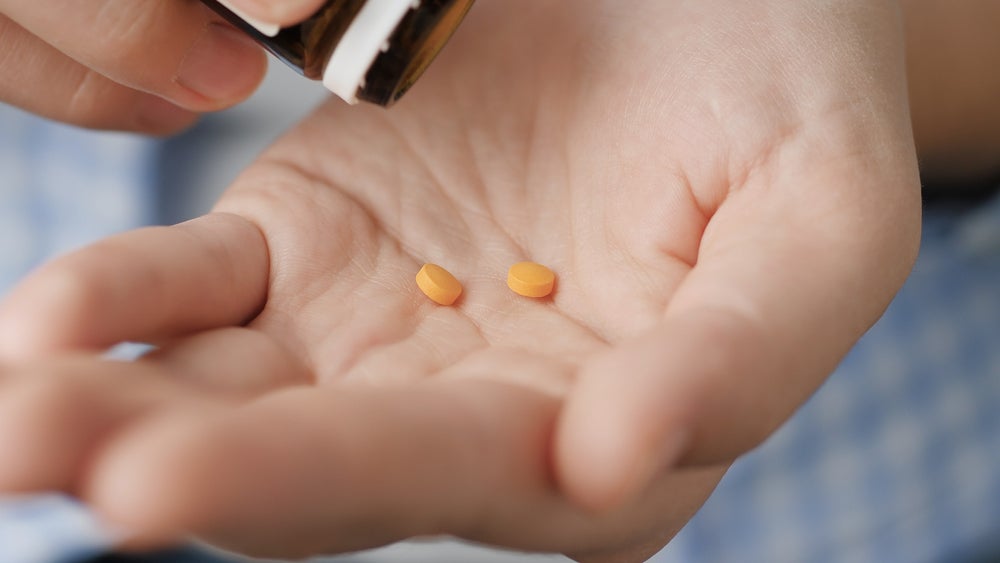Glucagon-like peptide-1 receptor agonists (GLP-1RAs), originally developed for treating diabetes, work by stimulating insulin secretion and suppressing glucagon release, thereby helping regulate blood sugar. However, these drugs also act on the brain’s reward system, an area deeply involved in addiction. There are GLP-1 receptors in the brain’s mesolimbic system, which is inextricably linked to motivation and reward. This has piqued the interest of drug developers looking to expand the label of their products to combat the opioid crisis. Early clinical work has shown that GLP-1RAs are a promising new avenue in the treatment of opioid use disorder (OUD), as the current treatment landscape is stifled by a lack of innovation and a heavy reliance upon opioid agonist therapies.
A three-week Phase I study conducted at the Caron Treatment Centers in Pennsylvania, US, enrolled 20 participants undergoing residential treatment for OUD. The trial assessed Novo Nordisk’s Saxenda as a monotherapy, displaying its potential to rival existing treatments, and the results have opened a realm of new treatment possibilities for OUD patients. Half of the patients received Saxenda while the other half were given a placebo, and all participants had the option to take buprenorphine, one of the main opioid agonist therapies on the market. The results showed a 40% reduction in opioid cravings among those taking Saxenda. This effect was evident even at the lowest dose. Another asset that has published trial outcomes is Jazz Pharmaceuticals’ Epidyolex (cannabidiol). In a Phase II study evaluating Epidyolex’s efficacy as an adjunct treatment to patients on opioid agonist therapy, it was suggested that cannabidiol is an effective and well-tolerated pharmacologic intervention as an adjunctive treatment to medication-assisted therapy (MAT) to reduce the risk of relapse. However, key opinion leaders (KOLs) interviewed by leading data and analytics company GlobalData have cast doubt over the use of a reduction in cravings as an outcome measure and have questioned how transferrable the measure is to the real world. This is because OUD is a relapsing-remitting disorder in which the natural tendency of an OUD patient is to use opioids. Furthermore, the use of addictive substances is inextricably tied to social context and environment, which are not easily replicated in a study. Thus, a reduction in cravings in a laboratory may not necessarily translate to the real world. In response, KOLs interviewed by GlobalData highlighted the need for clinical trials that are more reflective of real-world scenarios. This could include developing trials that measure a novel therapy’s ‘opioid-sparing’ potential such as the ability of an asset to reduce the dose of opioid agonist that an OUD patient is currently taking. This means that expectations of GLP-1RAs must be managed until further data is obtained.
The OUD treatment landscape is currently dominated by opioid agonist therapies that are highly regulated due to their liability for abuse. Out of the current treatment options for OUD, KOLs interviewed by GlobalData and surveyed prescribing physicians agreed that there is a gap in the market for safer non-opioid medications that treat addiction and withdrawal. KOLs questioned the safety profile of methadone, the current standard of care (SOC), and raised concerns about the illicit use of opioid medications, known as ‘diversion’. The risk of diversion is not confined to methadone, and certain formulations of buprenorphine have naloxone (an opioid antagonist) added to their formulation in order to deter illicit use.
According to GlobalData’s Drug Database, six out of the seven agents currently in late-stage development (Phase IIb-III) are non-opioids. Despite their non-opioid mechanisms, KOLs are sceptical regarding the ability of these therapeutic candidates to replace first-line treatments. Currently, there is a lack of available efficacy data for many of the pipeline agents. Therefore, despite the presence of non-opioids in the pipeline, high-efficacy non-opioid OUD treatments remain an exploitable opportunity. There is a clear gap in the market for GLP-1RAs to occupy, and given the promising data in early clinical trials, they hold an advantage over many of the assets in the OUD pipeline. However, these results will have to be replicated in subsequent trials if GLP-1RAs are to cause a shift in the OUD treatment landscape.
According to GlobalData’s Drug Database, GLP-1RAs are also being investigated in other neurology indications such as to treat Alzheimer’s disease and associated cognitive impairment, Parkinson’s disease, alcohol dependence, peripheral neuropathy, and intracranial hypertension. Developers have recognised the potential of GLP-1RAs, and a new class of neurological agents is developing.
The entry of GLP-1RAs into neurology is underway. As the understanding of the role of the GLP-1 receptors in the brain is developing, the treatment of OUD is the latest frontier to be tackled by this drug class. However, GLP-1RAs will have to demonstrate significantly improved efficacy in order to displace the gold standards of treatment, methadone and buprenorphine. Both methadone and buprenorphine are widely available in different formulations and are well-recognised by OUD patients. GlobalData expects that any non-opioid products developed for the treatment of OUD would likely see strong uptake and could potentially alter the OUD market landscape.

US Tariffs are shifting - will you react or anticipate?
Don’t let policy changes catch you off guard. Stay proactive with real-time data and expert analysis.
By GlobalData




